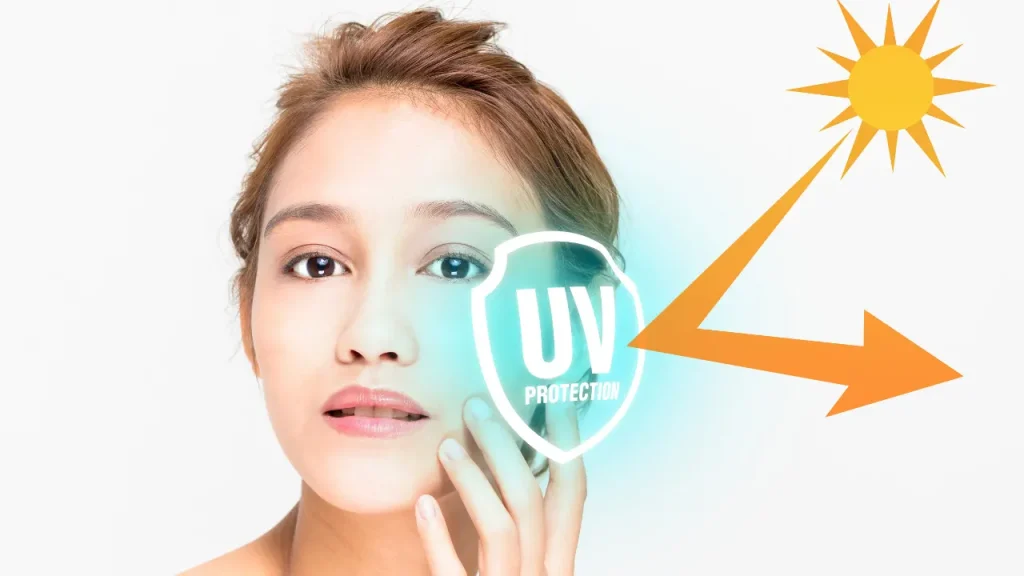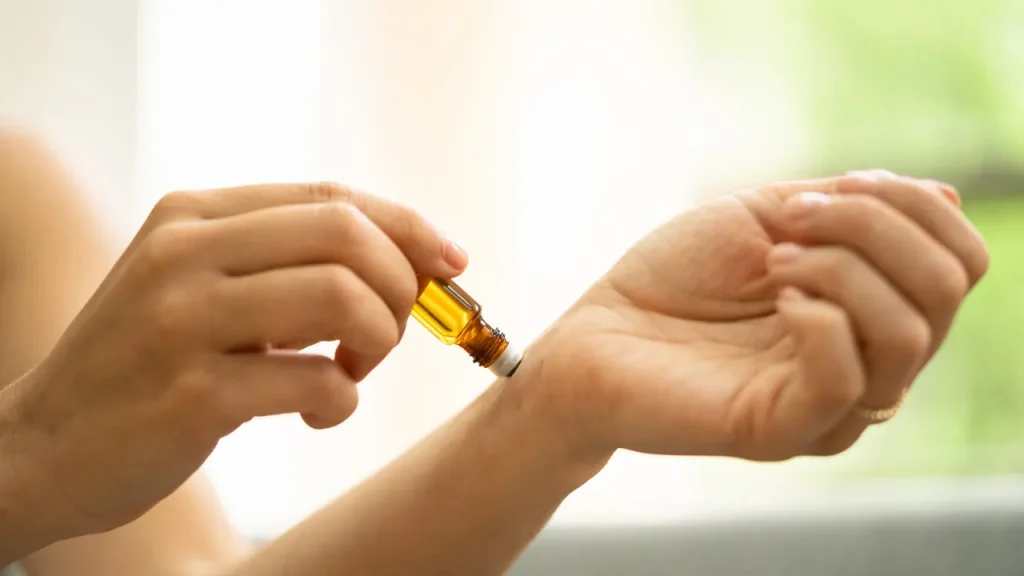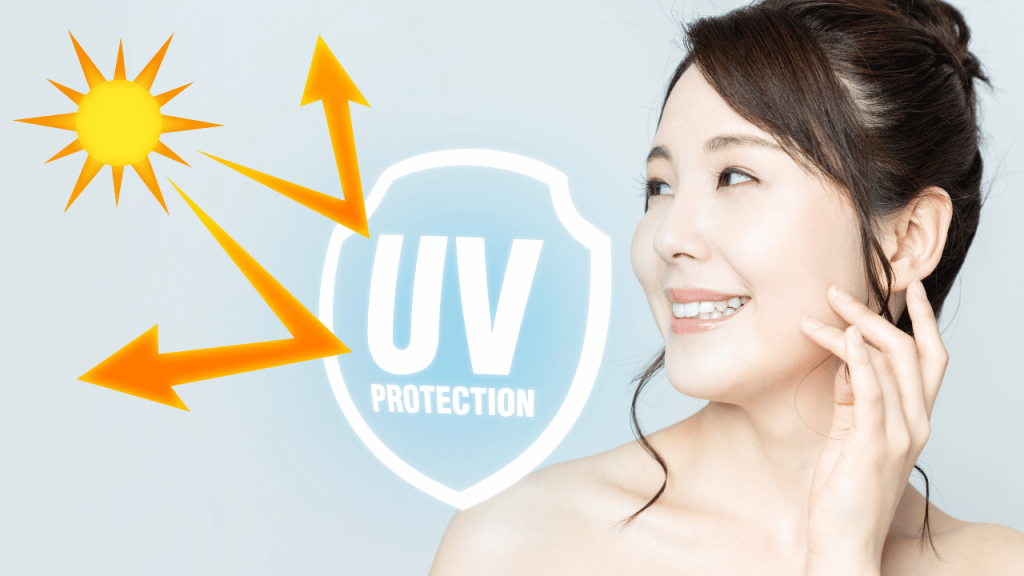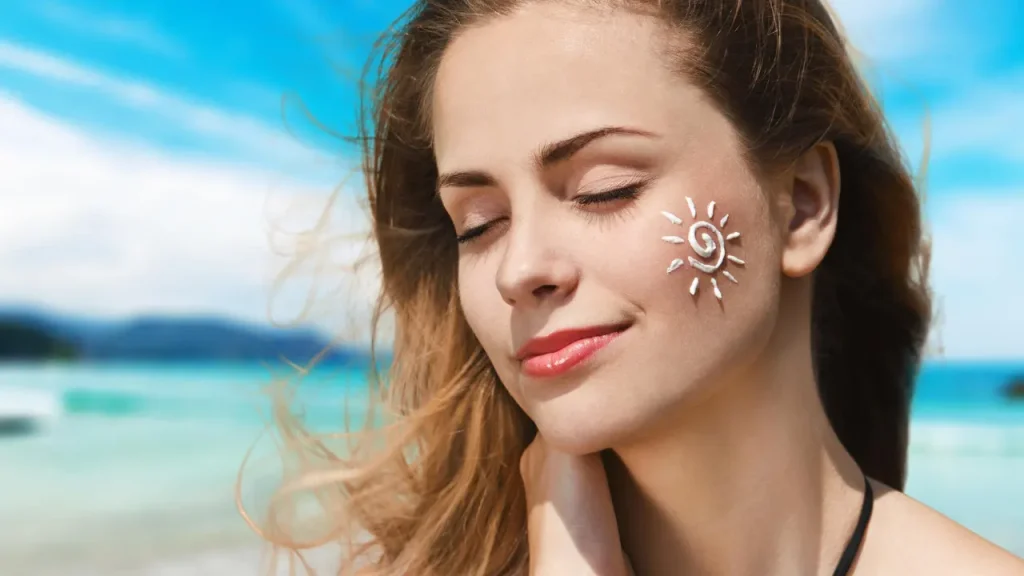Natural sunscreen is the ultimate toxin-free solution for safeguarding your skin’s health and safety. It stands as a vital shield against harmful UV rays without compromising your overall health and well-being. Discover how this skincare essential not only protects your skin but also promotes a healthier, more sustainable approach to sun safety, ensuring you can bask in the sun’s warmth worry-free.
You May Also Like:
Boost Your Beauty with 3 Big Resveratrol Benefits for Skin
From Flaky to Fabulous: Transform Your Skin with Ceramide Products
Stay Sun Safe With Natural Sunscreen, the Toxin-Free Solution for Skin Health & Safety is an original (Skin&BeautyJournal) article.
The dark side of sunlight
The sun bathes our planet in light, warmth, and energy. It also showers us in ultraviolet (UV) radiation, which might be thought of as sunshine’s “dark side.” Although in small doses UV radiation offers limited health benefits, the dangers of overexposure are serious and numerous. UV radiation can wreak havoc on human skin, leading to sunburn, premature aging, and even skin cancer. Although sunscreen certainly helps prevent sunburn and skin cancer, it also has a dark side.

The dark side of UV protection
Imagine applying a product to your skin meant to protect it, but it also exposes your body to potential harm. This is the reality of modern sunscreen. Many of these products are full of artificial chemicals, unsafe or unproven ingredients, byproducts, and contaminants. Such substances can damage not only human skin but overall health, too. Unfortunately, the damage doesn’t stop with humans. Once washed from the skin or excreted from the body, these toxins can flow into soil and waterways, damaging ecosystems, contributing to other environmental deterioration, and doing harm to other forms of life.
The sunscreen label red zone
Below, we’ve listed some red-flag ingredients to look for when purchasing sunscreen. Keep in mind that, in addition to the dangers listed, any of these ingredients can lead to irritation and allergy.
- Chemical UV blockers: These ingredients effectively block UV radiation but penetrate deeper into the skin. Such chemicals include oxybenzone, avobenzone, octinoxate, homosalate, and octocrylene. All have shown the potential to disrupt the body’s endocrine system, leading to or contributing to hormonal imbalances. All have also been linked to environmental damage, including to coral reefs and marine life.
- Parabens: Often found in sunscreens, this common class of preservatives has been linked to hormonal disruptions and is suspected to contribute to infertility, reproductive problems, and increased risk of breast cancer. Parabens are also believed to disrupt fetal development.
- Retinyl Palmitate: Although retinyl palmitate can have positive benefits for the skin when used correctly, using it in sunlight is a no-no. In fact, an FDA study suggests that topical retinyl palmitate and sunlight may accelerate the development of lesions, tumors, and even skin cancer.
- Phthalates: This synthetic chemical, commonly mixed into fragrances, is believed to disrupt the endocrine system.
- Nanoparticles: These microscopic particles increase both product shelf life and the effectiveness and duration of UV protection. The problem is that these teensy particles may penetrate cells, causing damage and disrupting health. Nanoparticles can be particularly damaging to delicate ecosystems, penetrating more readily and systematically into water and biological systems.
- Fragrances: Artificial fragrances are known allergens and irritants. Because they’re considered “trade secrets,” many contain unidentified chemicals that may be harmful to human health.
- Essential Oils: Many well-meaning “healthy” products use these thinking they’re “good for you.” They are, just not in sunscreen, where the actually get in the way of the active ingredients doing their UV-screening job.

Enter Waxhead Natural Sunscreen
If you’re looking for a beacon of hope amidst an endless expanse of potentially harmful sunscreen products and ingredients, look no further than Waxhead Sun Defense. This innovative company started with one Florida mom’s belief in the importance of sunshine for good health. Kari Kenner didn’t want to deprive her children of time spent playing in the sun but understood the dangers of UV radiation. Proper, natural sunscreen, she realized, was critical.
As she began researching common sunscreens, however, Kari was startled by the number of toxic, potentially harmful ingredients on product labels. Many researchers and medical professionals, she discovered, even suspect those ingredients have played a role in the escalating prevalence of skin cancer over the last few decades. Those components aren’t just harmful to human health, either, Kari learned, but also pose a threat to marine ecosystems and to the environment more generally.
There had to be a better way. Kari consulted her husband Shannon about the problem, and the couple took inspiration from 1940s-era family photos. In those photos, they saw Kari’s great-grandfather fishing under the sun wearing long sleeves and a hat. This is what constituted UV protection in those days – a time when skin cancer was uncommon. The couple realized that creating a safe and effective natural sunscreen meant using modern technology, organic manufacturing, and natural ingredients to create old-school physical barriers to UV light. Ultimately, Kari and Shannon decided to create their own “better way” – Waxhead Sun Defense.

The value of clean, healthy sunscreen
Kari and Shannon turned to a holistic biochemist to help develop a range of natural, organic sunscreens that stand out among a market teeming with choices. Waxhead offers mineral-based, certified organic formulations that rank among the safest and most effective among those used in sunscreens available. The company meticulously crafts its products to be safe for human health, marine ecosystems, and the environment.
Shannon describes Waxhead as a smaller company with uncompromising ethics that specializes in natural sunscreen. He explains, “We refuse to make anything bad – anything that will harm the health of our customers in the long or short term. We know what we’re doing from a biochemical perspective. Every bit of that knowledge goes into making products that are safe and effective.”
He acknowledges that Waxhead isn’t cheap. In fact, he views cheap, mass-produced mainstream products as a great disservice to public health. “Our company represents a tradeoff between cheap, mass-made sunscreen that’s relatively easy to use and actual protection of long-term health. Most sunscreens are cheap and very easy to use. Those products are largely spray-ons or creams that melt right into the skin.”
That “melting” aspect – the rub-in and forget-it convenience – is a big part of the problem, Shannon adds. The substances in such products don’t stay on top of the skin, but sink further in, introducing artificial chemicals, allergens, and other potentially harmful substances into the body.
“The ingredients we use aren’t cheap,” he says. “But the tradeoff is this: The expense of our ingredients protects long-term health. Those other sunscreens might be cheap now, but there are many costs – some quite steep, tangible and intangible – that must be paid down the road.”

Safe, natural sunscreen for family, environment, skin
Based in Fernandina Beach, Florida, Waxhead sits on the Atlantic, giving it an Ocean-side view of the consequences of sunscreen runoff. Every year, according to Shannon, an amount of petrochemicals equivalent to what was spilled in the Exxon Valdez disaster flows directly into the ocean from consumer-born petrochemical sunscreen runoff.
This is why Waxhead advocates passionately for coastal and oceanic conservation, channeling a portion of profits toward the Coastal Conservation Association (CCA). This organization is committed to enhancing and conserving current and future coastal and marine resources. CCA initiatives include building artificial reefs, establishing fish hatcheries, and advocating for net bans.
Runoff is also why Waxhead is a stickler when it comes to the organic ingredients that go into its natural sunscreen products. Waxhead’s approved list includes vitamin D3, spring water, olive oil, jojoba oil, shea butter, coconut oil, vitamin E, iron oxide, vanilla extract, cocoa powder, vegetable glycerine, and non-nano zinc oxide (Shannon calls zinc oxide the “most effective active sunscreen ingredient available”).
A serious commitment to doing good
If you’re looking for an effective natural sunscreen with safe, environmentally responsible ingredients, Waxhead wants to be your chosen brand. This family-owned, environmentally conscious company cares not only about customer health but also about the health and future of our planet.

For further research:
Byrdie – Six sunscreen ingredients you may want to avoid, according to dermatologists
Dermstore – Everything you need to know about zinc oxide and your sunscreen
Smithsonian Ocean Portal – The truth about corals and sunscreen
Important Note: The information contained in this article is for general informational purposes only, and should not be construed as health or medical advice, nor is it intended to diagnose, prevent, treat, or cure any disease or health condition. Before embarking on any diet, fitness regimen, or program of nutritional supplementation, it is advisable to consult your healthcare professional in order to determine its safety and probable efficacy in terms of your individual state of health.
Regarding Nutritional Supplements Or Other Non-Prescription Health Products: If any nutritional supplements or other non-prescription health products are mentioned in the foregoing article, any claims or statements made about them have not been evaluated by the U.S. Food and Drug Administration, and such nutritional supplements or other health products are not intended to diagnose, treat, cure, or prevent any disease.